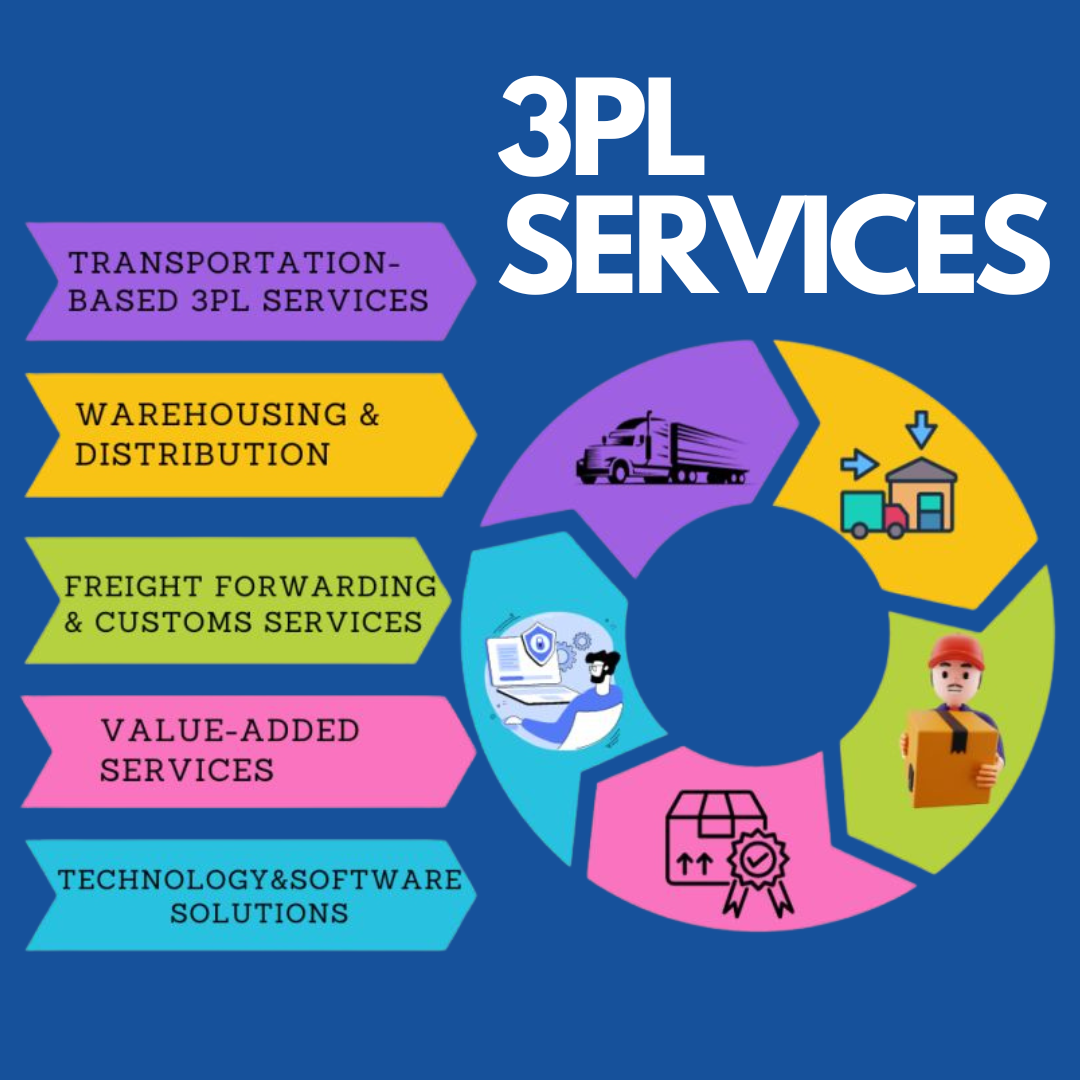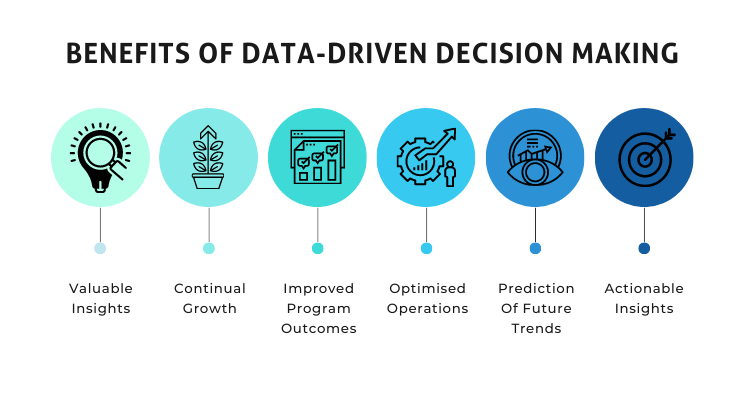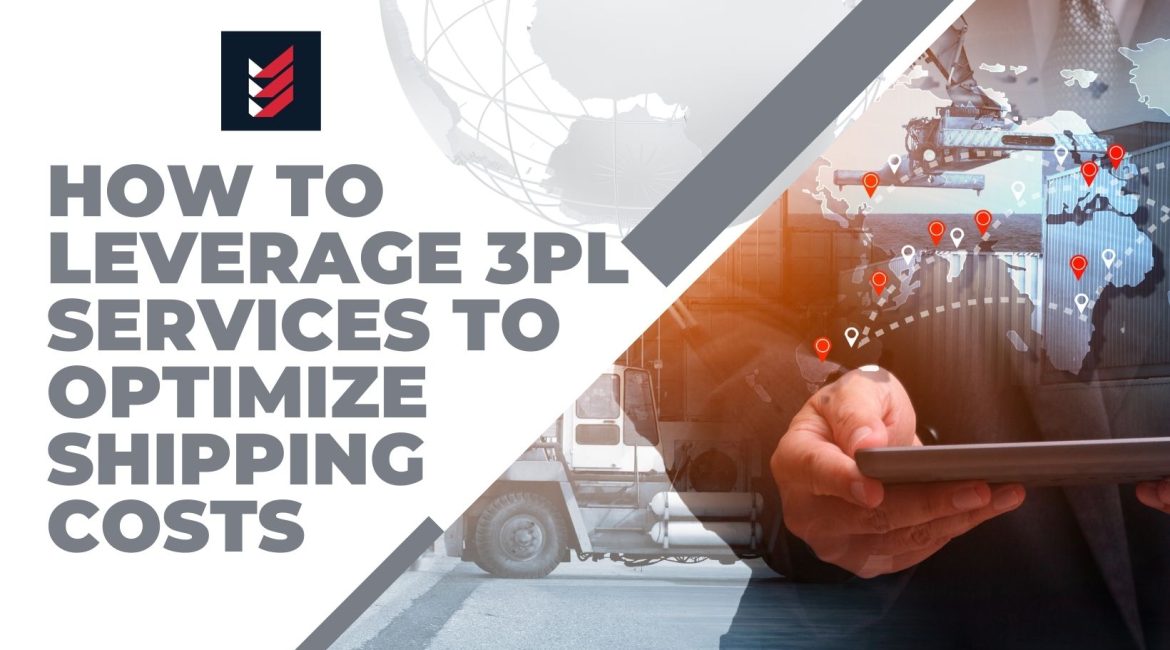The Value of Outsourcing Logistics: A Look Into 3PL

Managing logistics can be a complex and costly endeavor, especially as businesses scale and their shipping needs become more intricate. This is where third-party logistics (3PL) providers come into play. 3PL providers streamline supply chains, cut costs, and boost scalability with a broad carrier network and advanced technology. In this blog, we will explore how businesses can leverage 3PL services to streamline their logistics and cut expenses effectively.
1. Access to a Wider Network of Carriers and Resources
One of the primary benefits of using a 3PL provider is gaining access to an extensive network of carriers, warehouses, and transportation modes. By leveraging this network, companies can:
- Compare Rates and Services: 3PLs have established relationships with multiple carriers, which allows them to negotiate better rates on behalf of their clients. This ensures that businesses can choose from a variety of cost-effective shipping options.
- Consolidate Shipments: With access to a large network, 3PL providers can consolidate shipments from different clients to reduce transportation costs through bulk shipping discounts.
- Utilize Multiple Transportation Modes: 3PLs can offer multi-modal solutions, such as combining air, sea, rail, and truck transport, to reduce costs and improve delivery flexibility.
Partnering with a 3PL helps businesses access better pricing, economies of scale, and timely deliveries.
2. Technology Integration and Data-Driven Decision Making

Modern 3PL providers invest in logistics technology like TMS, WMS, and real-time tracking for efficiency. This technology offers several cost-saving advantages:
- Route Optimization: Using data-driven tools, 3PLs can identify the most efficient routes, reducing fuel costs and transit times. This ensures that shipments move smoothly and quickly while cutting transportation expenses.
- Inventory Management: With integrated WMS, 3PLs can provide real-time visibility into inventory levels, helping businesses minimize overstocking or stockouts, reducing warehousing costs.
- Real-Time Tracking: 3PLs provide detailed tracking capabilities, allowing businesses to monitor shipments in real-time and make proactive adjustments in case of delays or disruptions.
By using technology to automate and optimize logistics processes, 3PL providers help businesses improve efficiency and reduce costs throughout the supply chain.
3. Improved Scalability and Flexibility
Handling fluctuating shipping volumes and seasonal demands can strain internal logistics operations, resulting in higher costs. A 3PL provider offers flexibility and scalability that internal teams often struggle to achieve:
- Adapting to Seasonal Changes: 3PLs have the resources to quickly scale up or down based on demand, helping businesses manage peak shipping seasons without incurring additional fixed costs for staffing or infrastructure.
- Warehouse and Distribution Flexibility: 3PLs operate multiple warehouse locations and can shift inventory closer to customers to reduce delivery times and costs.
- Handling Sudden Volume Surges: Whether it’s a spike in orders or an unexpected supply chain disruption, 3PLs have the capacity to respond quickly and ensure that goods are shipped efficiently, avoiding costly delays.
This level of scalability enables businesses to remain agile and responsive to market demands without overburdening their internal resources or increasing costs.
4. Reduced Overhead Costs
Outsourcing logistics operations to a 3PL provider can significantly reduce overhead costs associated with maintaining in-house logistics teams, infrastructure, and technology:
- Lower Labor Costs: By relying on the expertise of a 3PL, businesses no longer need to manage and pay for large logistics teams, warehouse staff, or transportation personnel.
- Warehouse Management Savings: 3PLs take care of warehousing needs, reducing the costs associated with leasing and managing warehouse space.
- Eliminating Technology Investment: Businesses using 3PL services can avoid investing in expensive systems by leveraging the provider’s logistics technology.
Outsourcing logistics to a 3PL reduces fixed costs, offering pay-per-use services and improving efficiency.
5. Expertise and Risk Mitigation
3PL providers are logistics experts with years of experience in managing complex supply chains, regulatory compliance, and risk mitigation. By leveraging their expertise, businesses can:
- Avoid Costly Mistakes: 3PLs are familiar with industry regulations, customs clearance, and best practices for shipping. This helps prevent costly mistakes like customs delays, fines, or shipping errors.
- Navigate Global Supply Chains: For international shipping, a 3PL ensures efficient, cost-effective cross-border logistics with global supply chain expertise.
- Proactive Risk Management: 3PLs monitor risks like natural disasters, strikes, and disruptions, adjusting plans to minimize shipping delays.
By relying on 3PL expertise, businesses can mitigate risks and avoid unexpected costs, ensuring smoother logistics operations.
The Path to Cost-Effective Shipping

Leveraging 3PL services can significantly optimize shipping costs without compromising service quality. Additionally, 3PL providers streamline supply chains, reduce overhead costs, and increase scalability with advanced logistics technology. By outsourcing logistics to a trusted 3PL partner, companies can focus on their core business. Consequently, they maintain efficient and cost-effective shipping operations. Furthermore, this approach allows businesses to tap into their 3PL provider’s expertise, thereby boosting efficiency and lowering operational costs. Moreover, by partnering with a 3PL, companies can quickly adapt to changing market demands, thus enhancing their overall competitiveness. As a result, businesses gain the flexibility to respond swiftly to new challenges and opportunities.
